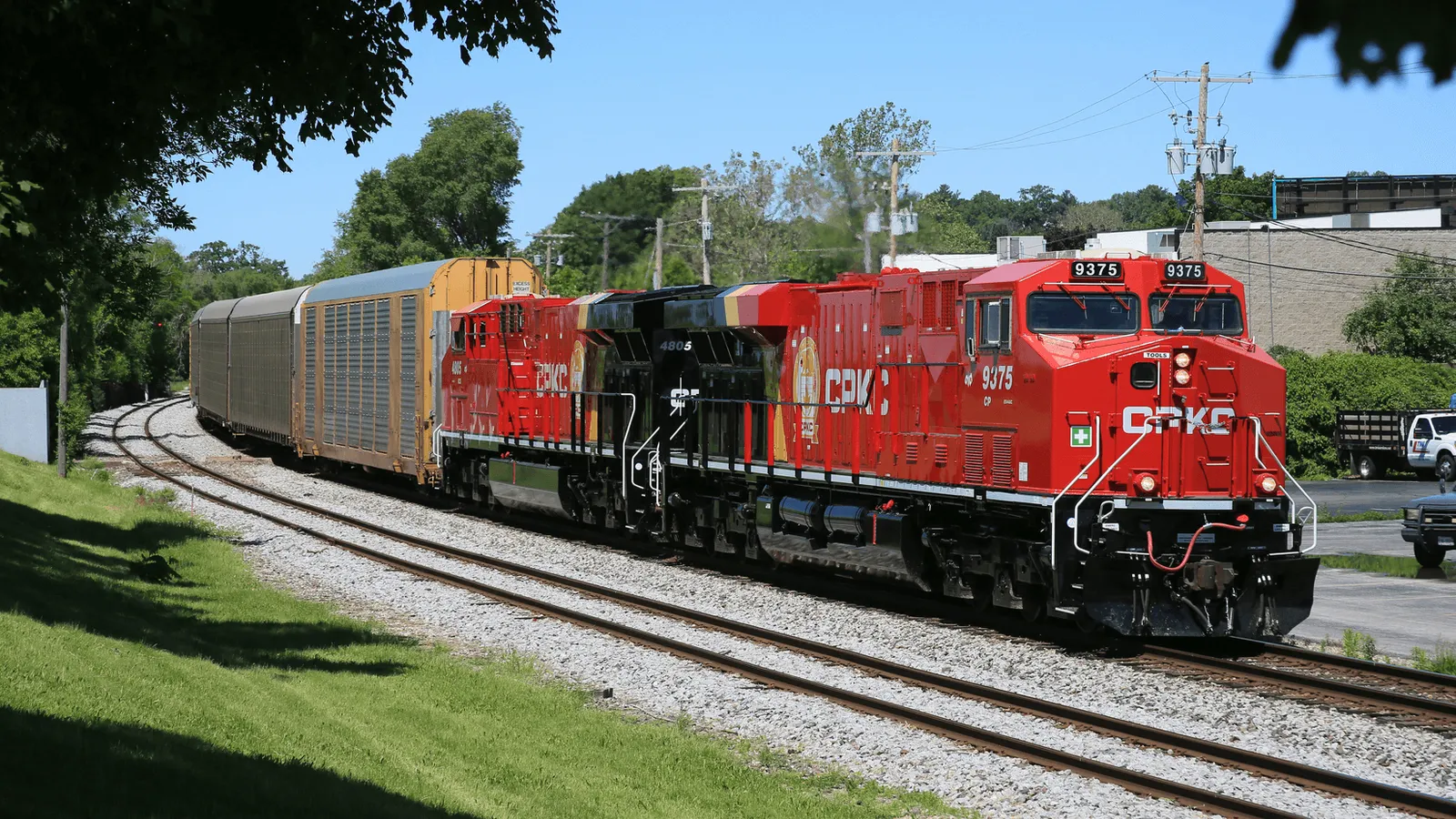Введение
Перебои в работе логистических и транспортных служб могут стать занозой в боку любого предприятия. Недавно компания CPKC признала, что перебои в обслуживании связаны с технологией, и предпринимает шаги по устранению этих проблем к середине июля, решая ключевые задачи и совершенствуя свою деятельность, чтобы сохранить свое положение в секторе железнодорожных перевозок.Текущие проблемы, с которыми сталкивается ЦПКК
С 3 мая CPKC столкнулась с многочисленными перебоями в работе своей сети из-за перехода на новую технологию. В этот период увеличилось время пребывания груза в пути, то есть время, которое груз проводит в ожидании на терминальных площадках, наряду с пропущенными переключениями и отставанием в работе.Решение о консолидации ИТ-систем CPKC после слияния Canadian Pacific и Kansas City Southern в 2023 году стало поворотным моментом. Это слияние должно было расширить возможности железной дороги на всех ее маршрутах от Мексики до Канады. Однако внедрение новых информационно-технологических систем столкнулось с трудностями, что создало идеальный шторм для операционных задержек.
Проблемы качества данных
Одна из основных выявленных проблем - качество данных, из-за которого CPKC сейчас испытывает трудности. Железная дорога столкнулась с трудностями в ведении точного учета вагонов и их точного местонахождения. Проблемы усугублялись наличием взаимообменных данных для соединений с другими перевозчиками, особенно на унаследованных участках ЦППК, где приходилось тщательно перерабатывать новые процессы.На практике это означает, что без точных данных невозможно эффективно создавать рабочие заказы, необходимые для обработки поставок, что приводит к длинным очередям на классификационных складах и в помещениях клиентов. Такие "узкие места" напрямую приводят к неэффективности работы, например к увеличению времени ожидания и задержкам в транспортировке грузов клиентов.
План действий CPKC по улучшению
Для борьбы с продолжающимися перебоями в обслуживании CPKC объявила план действий по оказанию услуг, который в целом сосредоточен на двух направлениях: обновление данных о запасах и восстановление плавности работы сети. Главная цель - обеспечить клиентам возможность надежного отслеживания и управления своими перевозками, что необходимо для поддержания конкурентоспособности в логистическом ландшафте.Внедрение новых стратегий
Компания CPKC заявила, что приступила к обновлению данных инвентаризации, что позволит оперативному персоналу эффективно создавать накладные. В этих накладных указываются все важные детали груза, включая место отправления и назначения.Группы поддержки типа SWAT
Уникальность этого плана действий заключается в создании специализированных межфункциональных групп - сродни группам спецназа, - нацеленных на обеспечение операционной эффективности. Эти команды состоят из экспертов в различных областях, таких как операционная деятельность, информационные технологии и сетевая поддержка, и направляются в проблемные зоны, где происходит наибольшее количество перебоев в обслуживании. К числу важных мер относятся:- Восстановление отсутствующих данных о кадастре автомобилей путем оценки состояния автомобилей на складах и объектах.
- Сотрудничество с клиентами для обеспечения точного выставления счетов за вагоны и правильного ввода данных.
- Проведение тренингов для оперативного персонала по эффективному использованию системных инструментов CPKC для оптимизации рабочих процессов.
Восстановление плавности сети
С точки зрения повышения текучести сети, CPKC также использует несколько альтернативных маршрутов для эффективной работы. К числу заметных мер относятся:- Перенаправление вагонов в обход Шривпортского двора, приоритетная обработка отложенных грузов в сети legacy-KCS.
- Использование существующей операционной сети CPKC для организации доставки и приема вагонов на объектах клиентов.
- Временная отправка вагонов, предназначенных для клиентов, работающих на пределе возможностей, для обеспечения более управляемого потока операций.
Будущие соображения по поводу КПКК
Хотя CPKC по-прежнему осторожна в прогнозировании сроков возвращения к полноценному обслуживанию, называя это "слишком ранним" для твердых прогнозов, железная дорога намерена восстановить нормальную работу к середине июля. Первые усилия по восстановлению уже демонстрируют многообещающие признаки улучшения, указывая на путь к решению проблемы.Кроме того, компания взяла на себя обязательство по обеспечению прозрачности работы с Surface Transportation Board (STB), предоставляя еженедельные отчеты с подробным описанием усилий по восстановлению и показателей операционной деятельности на протяжении всего периода дилемм с обслуживанием.

 Стратегический подход КЗСК к устранению перебоев в обслуживании к середине июля">
Стратегический подход КЗСК к устранению перебоев в обслуживании к середине июля">